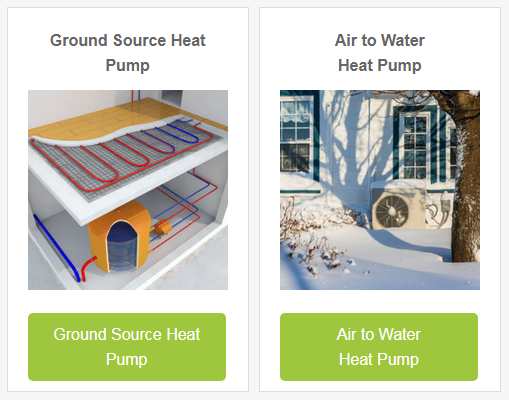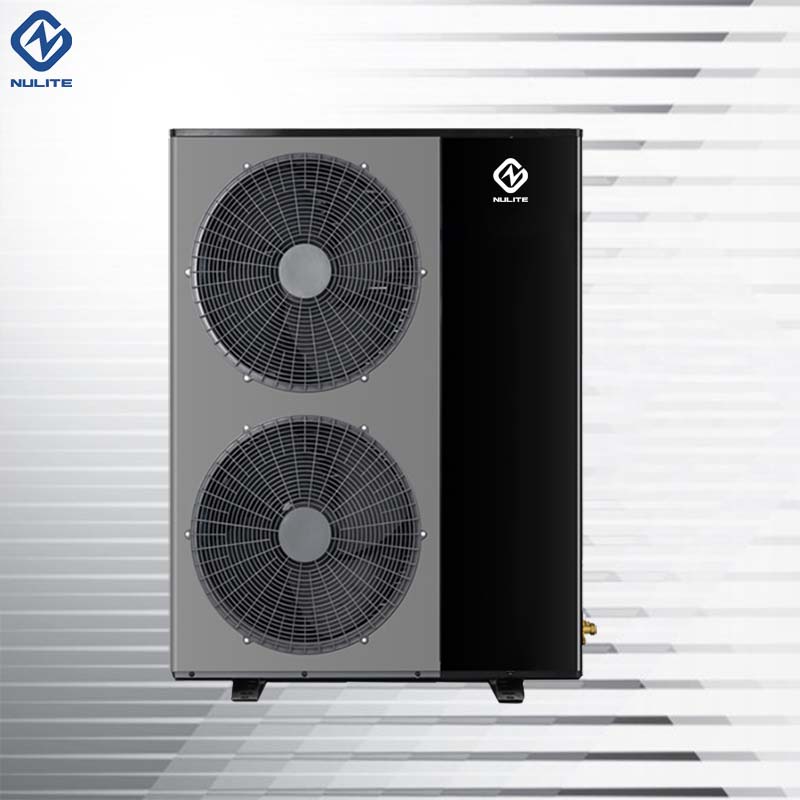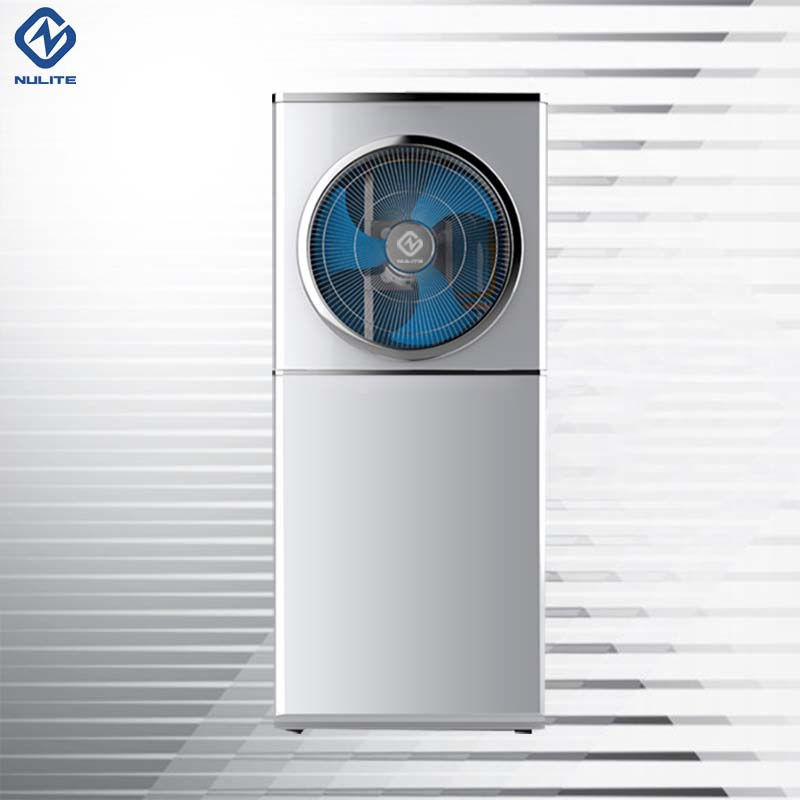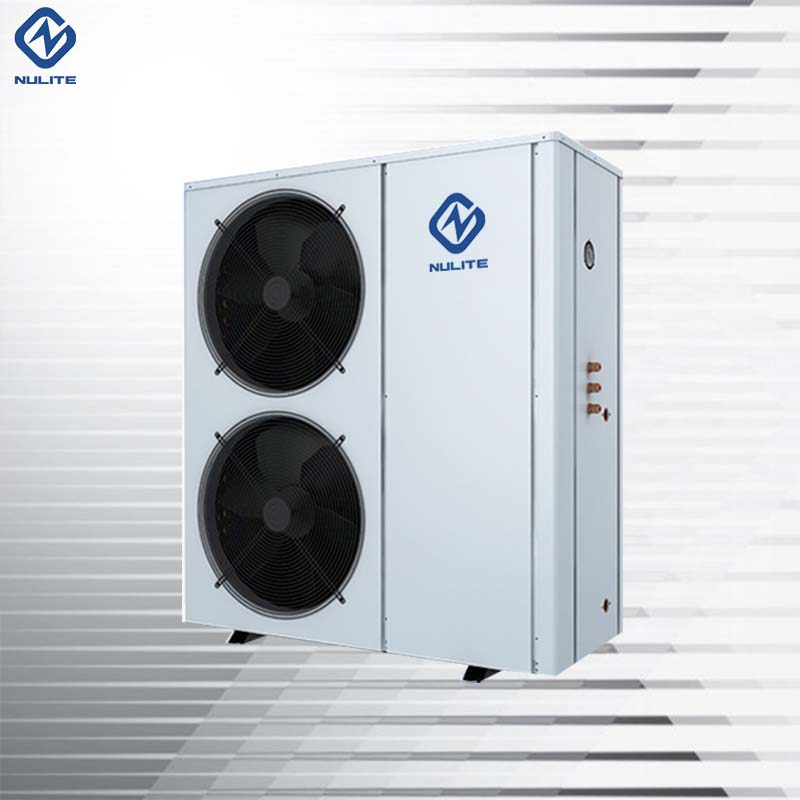Why Are Heat Pumps a Good Idea?

With the rising popularity of renewable energy sources, heat pumps have become a popular environmentally friendly alternative to fossil fuels. Did you know that heat pumps not only produce clean energy but also provide you with significant savings on your utility bills?
A heat pump, in very simple terms, is a device that moves the heat from one location to another by using a small amount of energy. Heat pumps enable you to make use of renewable energy sources while reducing your carbon footprint. There are two main types of heat pumps that use either the air or the ground as their source of energy
Types of Heat Pumps
There are different types of heat pumps you can choose from. The election will depend on your energy requirements and on the characteristics of your property, among other factors. There are two main categories of heat pumps: geothermal and air source heat pumps. Below we provide a short description of each of them.
Geothermal Heat Pumps
There is a variety of heat pumps under the category of geothermal heat pumps, or ground source heat pumps. Geothermal heat pumps are sometimes referred to as vertical or horizontal systems, closed or open-loop systems, pond heat pumps and so on. Below we provide a full list of heat pumps in this category.
◪Closed-Loop Systems
Closed-loop ground source heat pump systems are the most common systems in the UK. These systems circulate an antifreeze liquid through a closed plastic tubing that is buried below the ground. Most common closed loop systems are the vertical and horizontal ground source heat pumps.
◪Radial or Directional Drilling
This kind of system usually comes to mind when the land has already been build upon. Small holes are being drilled into the ground in order to insert the pipes. Using this system, gardens, yards, houses, etc. need not to be opened up. The cost of these systems is usually in the middle between the costs of the vertical and horizontal drillings.
◪Systems That Utilise a Direct Heat Exchange
In this variant, a liquid refrigerant passes through an underground system of copper tubes. While underground, it is being heated by the surrounding geology. The heated refrigerant is then brought back into the house, where it may be used for a variety of applications.
◪Open-Loop Systems
These systems are also called ground water heat systems because the systems pump up water from below the ground at a certain temperature. After the temperature has been extracted, the water is being pumped back through another pipe into the ground. This system needs constant checking, so the water used is not being affected in any way.
Air Source Heat Pumps
Air source heat pumps (ASHP) use the principles of vapour compression and can be either air to water heat pumps or air to air heat pumps. Air source heat pumps use the outdoor air to produce heat to your home.
Air source heat pump systems consist of four major elements that allow the refrigerant to pass from the liquid state to gas: a compressor, a condenser, an expansion valve, and an evaporator. When the refrigerant passes through the heating system, the high temperature transforms it into vapour or gas, while the energy produces heat. The gas then goes through the compressor that increases its temperature, and then through the expansion valve, that makes the hot air enter the building. Next, the hot air passes through a condenser which turns the gas into liquid again. The heat produced by the energy in the evaporation phase passes through the heat exchanger again to restart the cycle, and it is then used to make the radiators work for underfloor heating (air-to-air system) or for domestic hot water (air-to-water system).
Further Considerations Regarding Heat Pumps
Maintenance
Heat pumps usually work for 20 years or more, but naturally, they do require regular maintenance. Once a year, you may check certain details of the system yourself, while a professional installer should pay the system a look around every three to five years. After the check up, the installer should leave written details of the system’s state and any indications for possible future issues. According to the Ground Source Heat Pump Association, maintenance requirements are quite low, while there is no need for crucial safety checks. Usual parts to check before starting the heat pump are the pump itself, the external pipes as well as the electronics and parts of the fittings.
Warranty
Heat pump systems normally have a warranty of two to three years, but there are all kinds of different kinds of sub insurances. For example, a warranty for the workmanship of the heat pump usually lasts for about 10 years. Furthermore, so-called Quality Assured National Warranties also provide different kinds of protection. Apart from the aforementioned, producers and installers offer various kinds of additional warranties as well.



 EVI/Inverter Heat Pump
EVI/Inverter Heat Pump 
